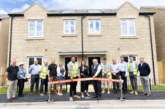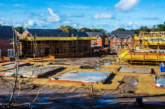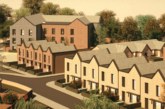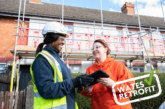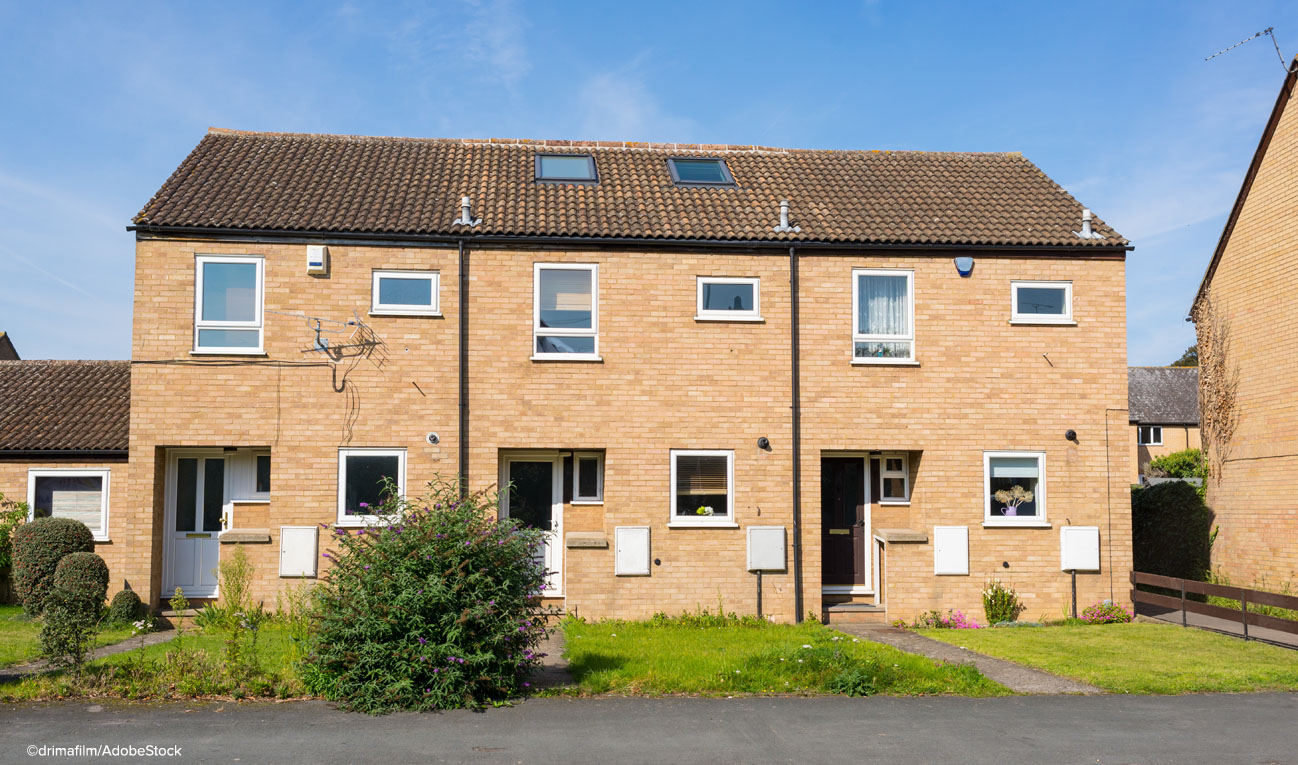
The aim of the Government’s Social Housing Green Paper is to rebalance the relationship between landlords and residents, tackle stigma and ensure social housing can act as a stable base and support social mobility. But will it deliver the new deal for social housing needed? LABM garners opinion from across the sector.
Residents across the country were asked for their views on social housing; almost 1,000 tenants shared their views with ministers at 14 events across the country, with over 7,000 submitting their opinions, issues and concerns online.
The consultation launched with the Social Housing Green Paper, gives everyone the opportunity to submit views on proposals for the future of social housing and will run until 6th November 2018.
The green paper sets out five core themes:
- Tackling stigma and celebrating thriving communities
- Expanding supply and supporting home ownership
- Effective resolution of complaints
- Empowering residents and strengthening the regulator
- Ensuring homes are safe and decent
Secretary of State for Communities, Rt Hon James Brokenshire MP, said: “Providing quality and fair social housing is a priority for this government. Our Green Paper offers a landmark opportunity for major reform to improve fairness, quality and safety to residents living in social housing across the country.
“Regardless of whether you own your home or rent in the social sector, residents deserve security, dignity and the opportunities to build a better life.
“With four million households living in social housing and this projected to rise annually, it’s crucial that we tackle the issues facing both residents and landlords in social housing.”
Mark Farmer, CEO at Cast, sees the recommendations made in the Social Housing Green Paper as “further evidence that the Government understands the severity of the housing crisis and the need to increase the delivery of high quality new homes.”
However he believes “tackling the housing crisis head-on needs much more focus on delivering affordable homes in appropriate locations with appropriate social and physical infrastructure that can generate sustainable communities.
As Mark sees it: “This can only be achieved by bringing forward more public land for development and diversifying our housing market both in terms of tenure offering and methods of production. There is a unique opportunity to use innovative homebuilding techniques as a stimulus for new forms of multi-skilled training, factory and site based employment and wider social value creation.”
Not enough social housing
In his response to the launch of the Social Housing Green Paper, David Orr, Chief Executive of the National Housing Federation, raises the valid point that: “For 40 years we have failed to build anything like enough social housing. It is time the country had a proper conversation about the role and importance of social housing in ending the housing crisis.
“We know that social housing residents like the quality of their homes, they’re concerned about the shortage of genuinely affordable homes and they feel that recent welfare reforms have caused real hardship. There must be space within the Green Paper consultation to address these wider concerns.
“We also know that many tenants believe the quality of services from their landlord could be improved. We know people want to feel listened to and influence the kind of services they receive. We have been leading a national conversation with our members and tenant organisations to understand where and how we can do better. Housing associations are committed to putting the people we serve at the heart of everything we do. We want to ensure this is the reality in all our homes and communities across the country.”
David feels that “without significant new investment in the building of more social housing, it is very hard to see how it can be a safety net and springboard for all the people who desperately need it. Our ambition for the Green Paper is that it sets a course for a future where everyone can access a quality home they can afford. To do that we need to build 90,000 new social rent homes every year.”
Genuinely affordable homes
The Green Paper is “a step towards delivering more social homes,” said Local Government Association Housing Spokesperson, Cllr Judith Blake, “but only a small step, compared with the huge and immediate need for more genuinely affordable homes.”
In the LGA’s response to the Social Housing Green Paper, Cllr Blake highlighted the need to “reverse the decline in council housing over the past few decades,” stating that: “The loss of social housing means that we are spending more and more on housing benefit to supplement expensive rents instead of investing in genuinely affordable homes. It has also come alongside an increase in homelessness, with 79,000 families, and almost 125,000 children, stuck in temporary accommodation.”
Cllr Blake also said that councils “need the freedoms and powers to invest in new and existing housing that communities want for themselves and their children” and believes that “government must go beyond the limited measures announced so far, scrap the housing borrowing cap, and enable all councils, across the country, to borrow to build once more. This would trigger the renaissance in council housebuilding which will help people to access genuinely affordable housing.”
“We have long called for reforms to Right to Buy in order to allow councils to build more homes, and there are some positive signs in the consultation,” said Cllr Blake. “But we must go much further so that councils can deliver the affordable homes that our residents need and deserve, including allowing councils to set discounts locally and to keep 100% of receipts from homes sold.”
It would seem government has listened to the LGA’s concerns, taking the decision to drop plans to force the sale of council homes. On that point Cllr Blake commented: “We have worked hard to demonstrate the need to scrap this policy, which would have forced councils to sell off large numbers of the homes desperately needed by low-income families in our communities.”
Important contribution to the debate
“The Social Housing Green Paper makes an important contribution to the critical debate about what we think social housing is, what it does and what we want it to be in the 21st Century,” said CIH Deputy Chief Executive Gavin Smart, responding to government’s announcement.
The CIH, in its Rethinking Social Housing Report, argued the need for proposals to strengthen the role of the regulator for social housing and sees it as a positive that government is thinking along the same lines.
“We welcome the aim to tackle the stigmatisation of social housing,” said Gavin, “an issue which our report highlighted. Our Ipsos Mori public opinion polling showed that 65% of those interviewed felt that the negative view of people living in social housing is unfair.”
Gavin said the CIH is “pleased to see that government plans to consult on the rules on how local authorities can use the money they receive from Right to Buy sales as well as dropping plans to force local authorities to sell their most valuable homes. CIH has long argued for the removal of the barriers that prevent councils playing a full part in building the new affordable homes we so badly need.”
The CIH thinks government needs to do more to boost the supply of affordable homes. On this Gavin commented: “The Green Paper rightly recognises the importance of new supply but we are concerned that the plans for new affordable homes are not ambitious enough. Research shows we need a minimum of 78,000 of the most affordable homes each year, but in 2017/18 just over 5,000 were delivered — and we estimate that between 2012 and 2020 we will have lost 230,000 of these homes in total.
“This is why we have called on government to rebalance the £53bn funding for housing so that affordable housing gets a fairer share than the 21% it has now. This is essential if we are to make sure that everyone has a decent, affordable place to call home.”

